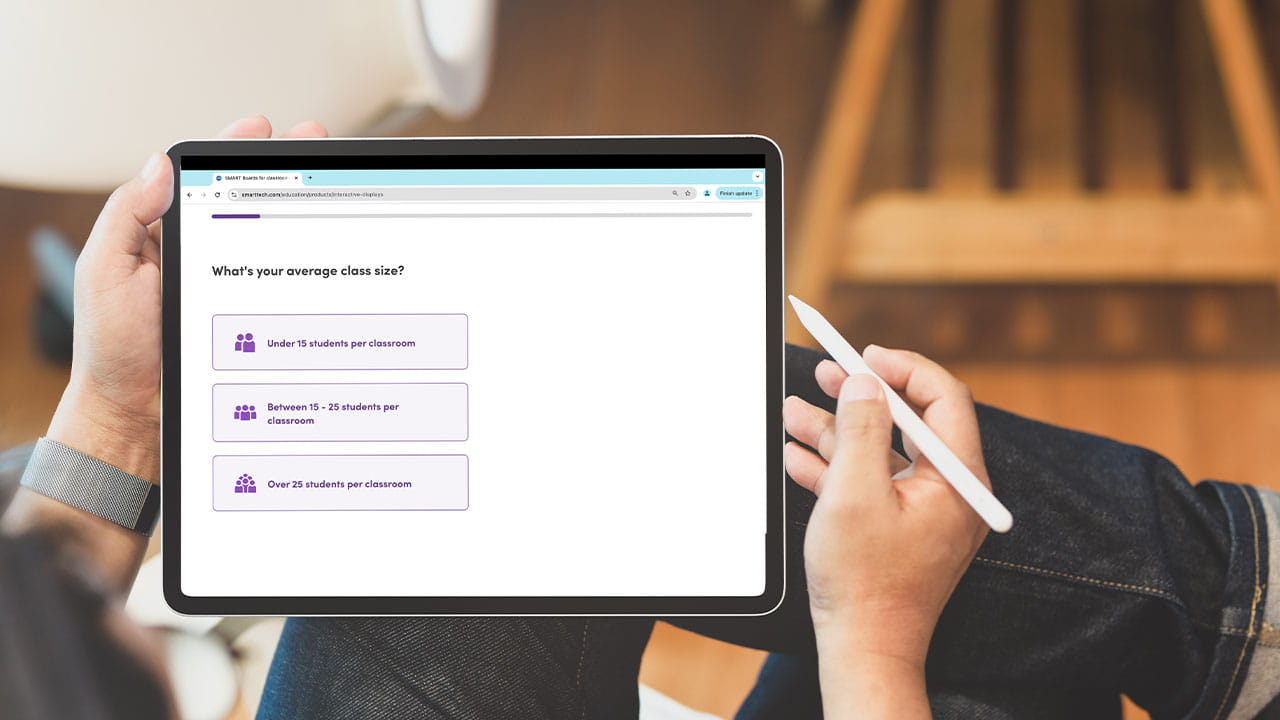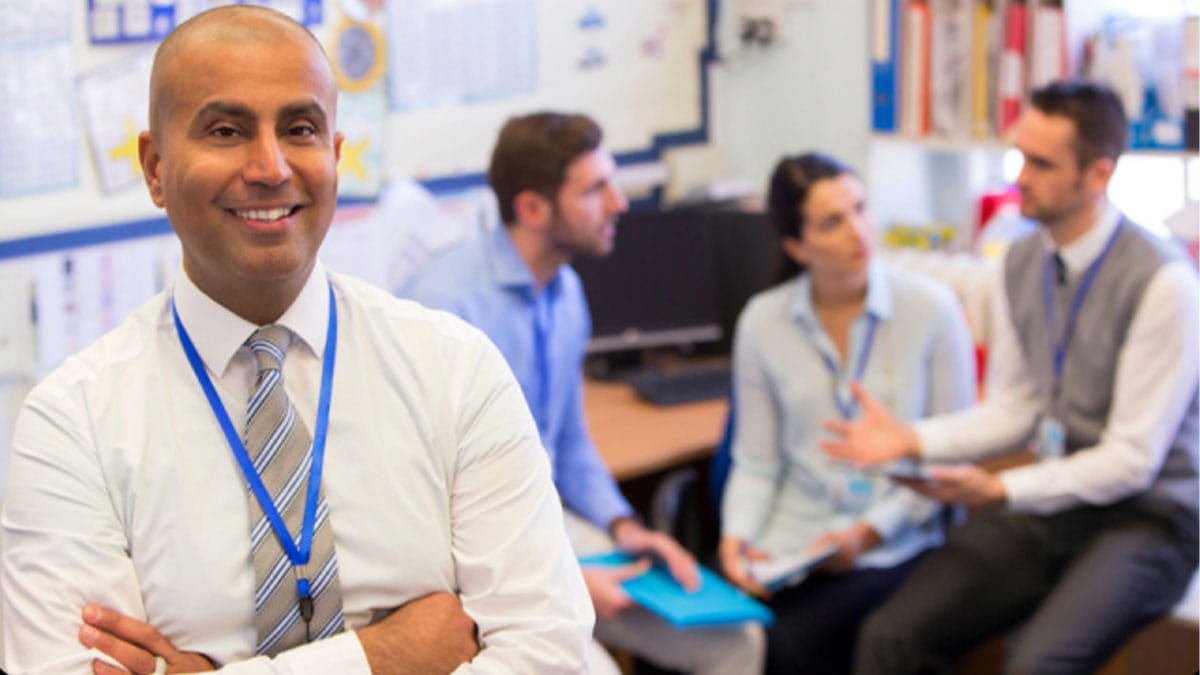Well that escalated quickly, didn’t it? If it feels like you blinked and suddenly everyone is talking about ChatGPT and its impact on work and education, you’re not alone. ChatGPT might just be the fastest-growing digital tool in our lifetimes, and its impact on teaching and learning cannot be overstated. I’ve had plenty of conversations in recent years about AI and its effects on education (check out this convo about AI on the EdShift Podcast!), but ChatGPT feels different. It feels bigger, and it certainly feels faster. The impact of AI in classrooms hasn’t been direct and significant. Until now.
Listen to Tech Fluency & Advancing AI with Sreejit Chakrabarty on the EdShift Podcast
ChatGPT and other emerging tools are reshaping the landscape of knowledge and education and propelling us forward into new ways of teaching and learning. I’ve talked to teachers who immediately after learning about ChatGPT brought it to their students to explore. There are also significant stories about districts banning it almost immediately. While it is imperative to take an informed approach to associated risks and data security, the reality is that students will see, access, and use these AI tools, and schools and systems have a responsibility to help them do it safely and constructively. If we don’t teach them about it, who will?
Today's students - no matter their age - will enter a workforce where AI enhances employees. They will use it as part of their roles and workflows across all industries. It is vital in the same ways that we are encouraging and teaching students to be responsible digital citizens today, they also need the tools and knowledge to be fluent with emerging technology - including AI platforms like ChatGPT.
A lot of immediate fear about AI platforms is around the idea that they will replace jobs or allow students to ‘cheat’ on assignments. This is a narrow view of what’s possible with these platforms and assumes that the direct output from AI is the ultimate value. Where things get really interesting is the opportunity to use AI for research and exploration. A colleague of mine recently noted that as part of her work on her Masters degree, she’s stopped using Google altogether. ChatGPT is her new go-to research and Information gathering tool. Students of all ages can learn to use tools like this to gather, collate, and in some cases analyze information. Then, with their unique human perspective, interpret and construct content and expressions of what AI helped them discover.
There is also an opportunity with ChatGPT and tools like it to work with older students to explore the ethics associated with tools like this. It’s not always right, and it doesn’t cite its sources. What does that mean for its limitations as a tool? Building understanding about these limitations enhances students’ information and digital literacy, ensuring productive and wise use of ChatGPT and tools like it.
Students themselves are also defending ChatGPT, like in this story from Melbourne, Australia. Particularly for some students with disabilities, AI can provide new opportunities that help them with communication and collaboration in their learning. Students can do more than work one-on-one with AI - it can support group work and be a place where students collaborate and learn not only with but from one another. As we rework important elements of education - like assessments - there is an opportunity to work WITH AI and the latest developments, not against them.
There are countless more opportunities that AI platforms provide for both students and teachers. It can help teachers generate research-based curricula, lesson plans, assessments, and rubrics. If you find yourself wondering ‘is there an AI for that?’ THIS is a great website to help you find out!
There's an opportunity for AI to support teachers with marking and grading - it can be an ally and a time saver in a world that asks a lot from educators. ChatGPT can also be an ally in terms of generating ideas - a friend to chat with if you will. Prompting it to give ideas around a topic you’re working through, for lesson ideas, or even tasks related to home life like budgeting or meal planning can help generate ideas and help move forward on creative tasks.
It can be daunting when new tools like this emerge and we feel the pressure to suddenly become experts in yet another type of tech. Thankfully, you don’t have to know how it works to use it and play with it. Take the opportunity to model learning about emerging tech WITH your students - explore and learn together, in the safe space of your classroom.
And, resources are coming quickly. Courses and documents supporting teachers with using ChatGPT in their classrooms are available now, with more coming all the time. So, don’t panic. Schools and systems must work quickly when it comes to emerging technologies - but not to barricade their use or respond to a threat. What’s important is that they put policies in place to support and protect students while giving them access to learning about and with the tools that are shaping their future.



